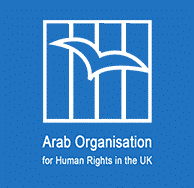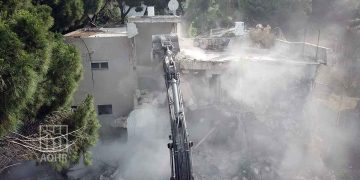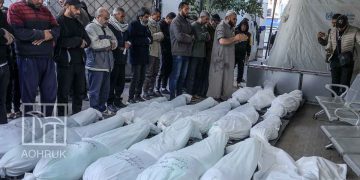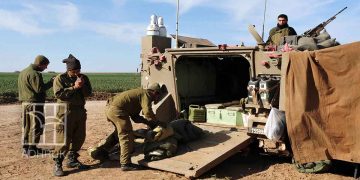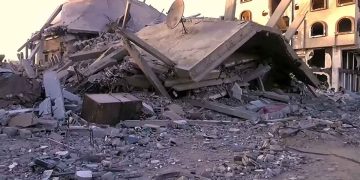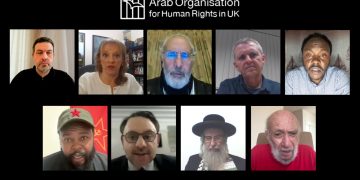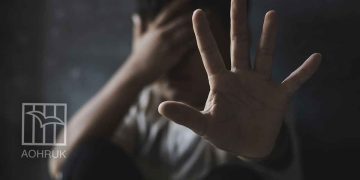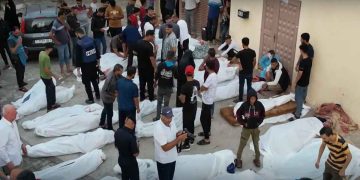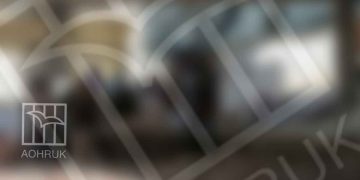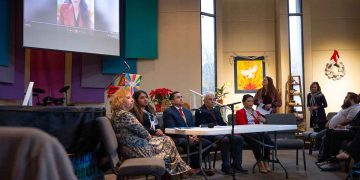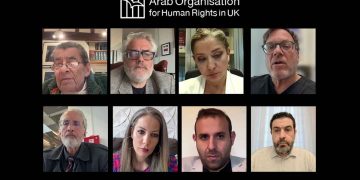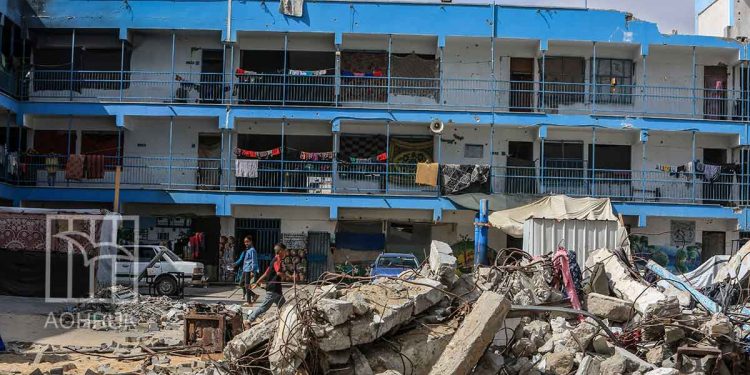In a harrowing new update that highlights the devastating toll of Israel’s ongoing assault on the occupied Palestinian territories, the Ministry of Education has announced that 18,243 students have been killed and 31,643 injured since the beginning of the war on Gaza and the West Bank on 7 October 2023.
According to the statement released on Tuesday, the overwhelming majority of student casualties occurred in Gaza, where over 17,175 children have been killed and 26,264 wounded.
In the West Bank, 140 students have been killed and 927 injured. Additionally, 768 students have been arrested amid repeated raids on schools, universities, and their surrounding areas.
The Ministry also reported the deaths of 928 teachers and administrative staff across Gaza and the West Bank, with 4,452 more wounded and over 199 arbitrarily detained. These losses have had a severe and lasting impact on the entire educational system and the broader fabric of Palestinian society.
In terms of infrastructure, 252 government-run schools in Gaza have suffered extensive damage, including at least 118 that were completely destroyed by Israeli bombardment. Attacks have also affected 91 additional public schools and 91 UNRWA schools. Moreover, 60 university buildings have been levelled.
In the West Bank, 152 schools and 8 universities or colleges have been stormed and vandalised, including the destruction of perimeter walls in Jenin, Tulkarm, Salfit, and Tubas.
One school—Badu al-Ka’abneh in Jericho—was forcibly evacuated following repeated Israeli attacks, an act the Ministry described as forced displacement in violation of the Geneva Conventions, particularly as it targets protected groups such as children and civilians.
In a deeply alarming development, the Ministry revealed that 25 schools have been permanently removed from the educational register. These schools no longer exist—neither in terms of students nor buildings—marking an unprecedented level of destruction that denies children both education and life.
The devastation facing the Palestinian education sector, particularly in Gaza, cannot be viewed in isolation. It is a core part of the wider campaign of genocide being waged against the Palestinian people—targeting civilians through the systematic destruction of education and health institutions, killing of educators, and displacement of students. Schools have become shelters, battlegrounds, or ruins.
This is not collateral damage; it is a deliberate strategy aimed at dismantling the foundations of future Palestinian society by annihilating its next generation and stripping it of the tools for recovery and resilience. Such attacks amount to a compound crime—genocide, war crimes, and crimes against humanity—through the targeted destruction of civilian spaces that are protected under international law.
This widespread destruction is a grim reminder that education, despite its civilian and peaceful nature, remains under direct attack—used as a weapon of domination and collective punishment, in stark contradiction to international legal obligations that prohibit targeting civilians and schools even during armed conflict.
In this tragic context, defending the right to education is no longer simply an educational or social demand—it is a moral and humanitarian imperative in the face of an attempt to erase a people’s identity and strip them of their future.
